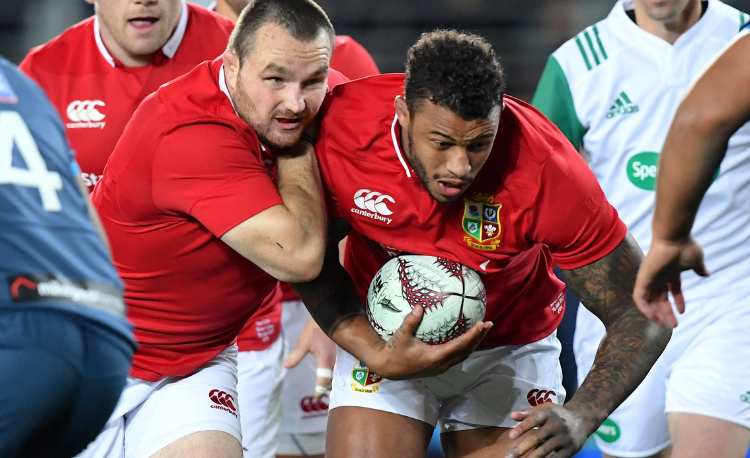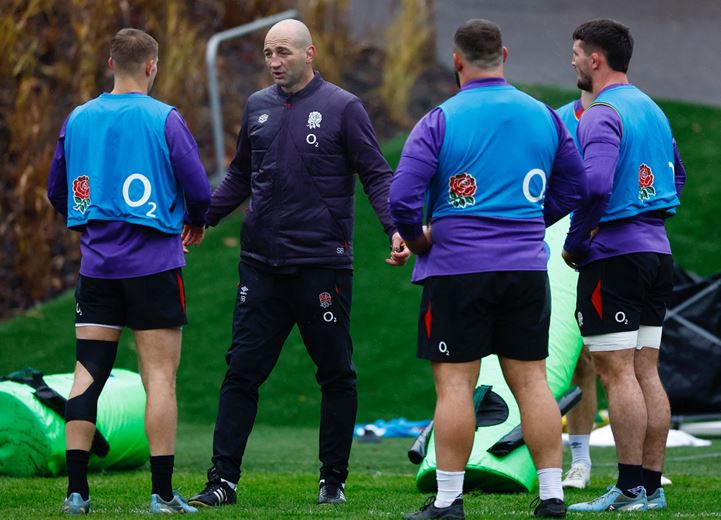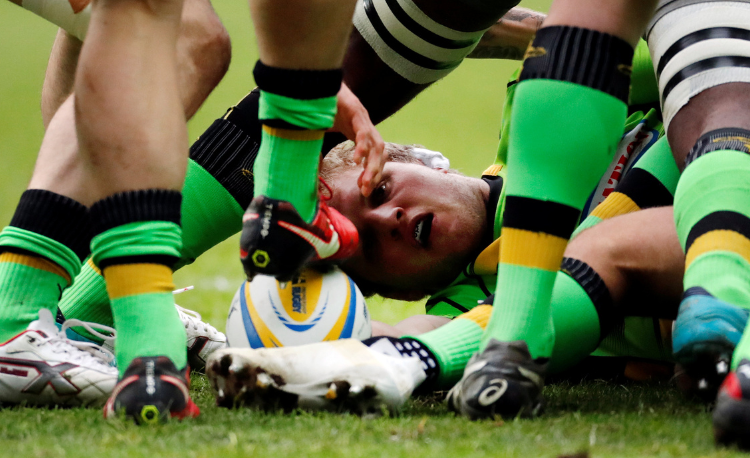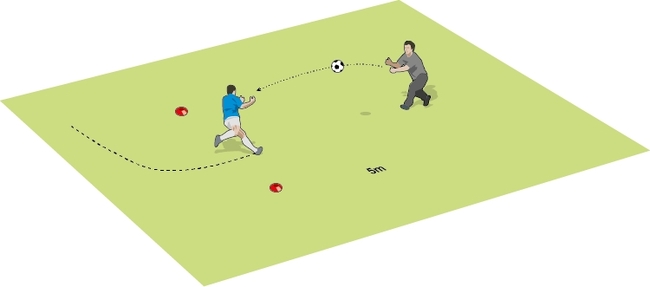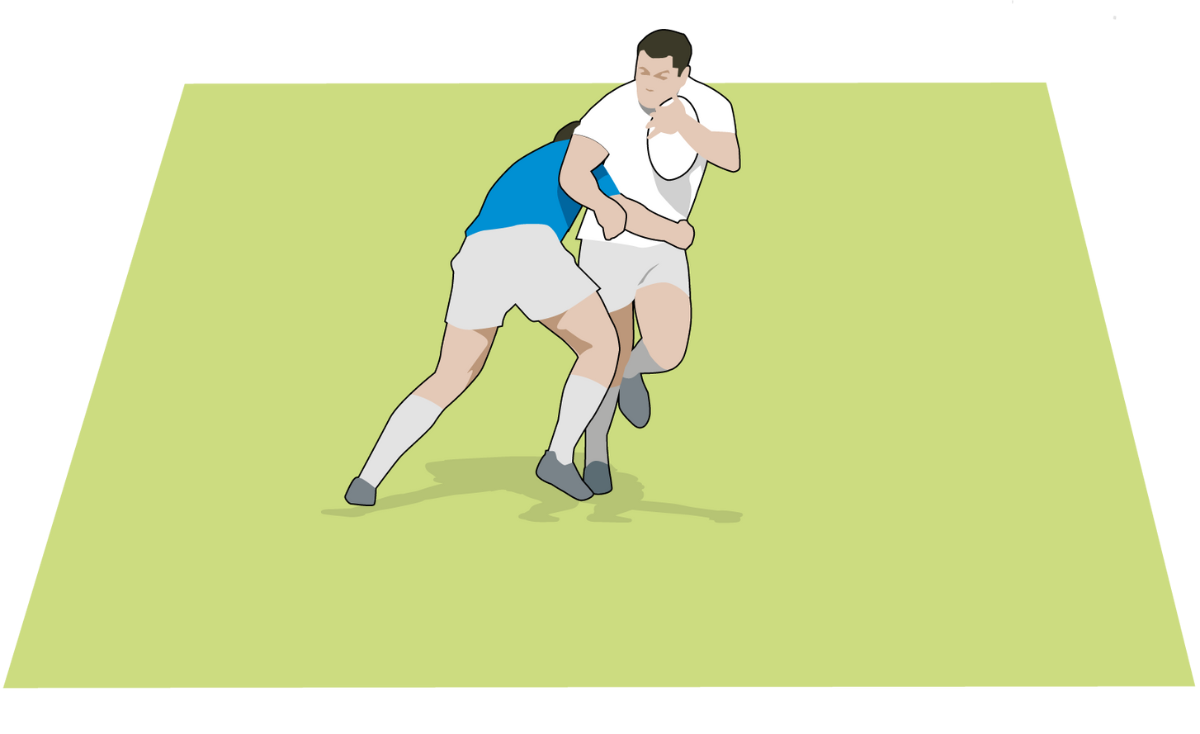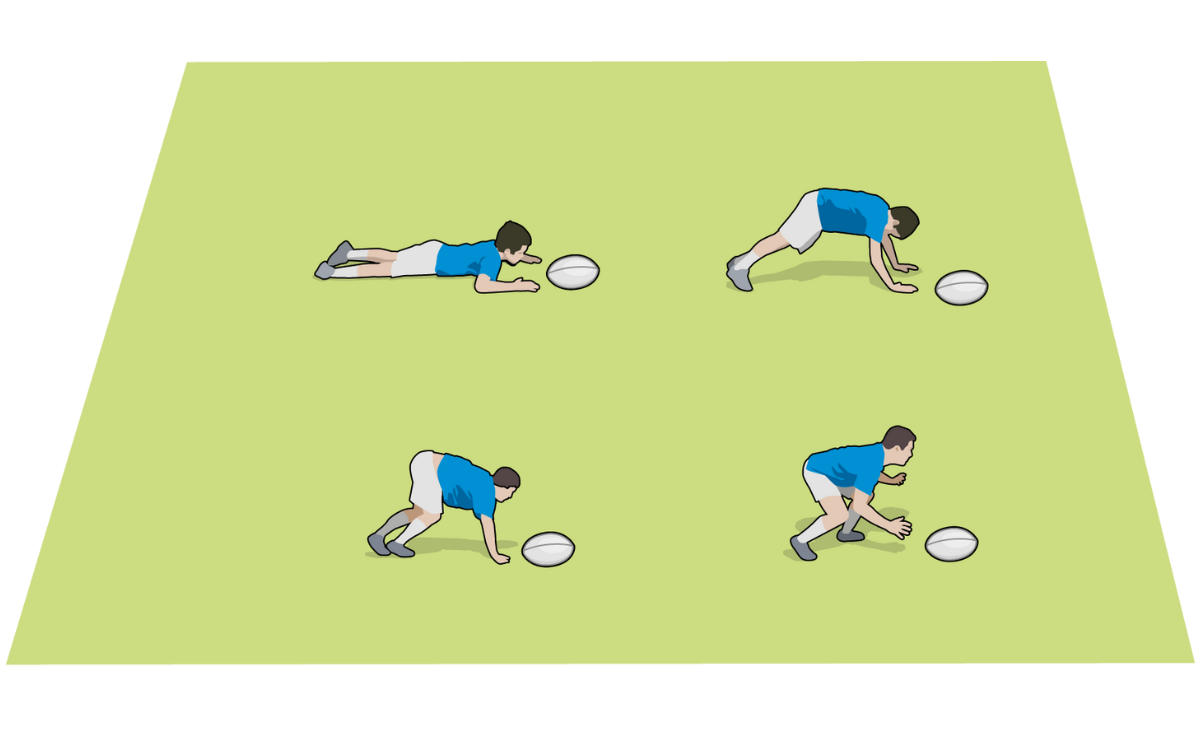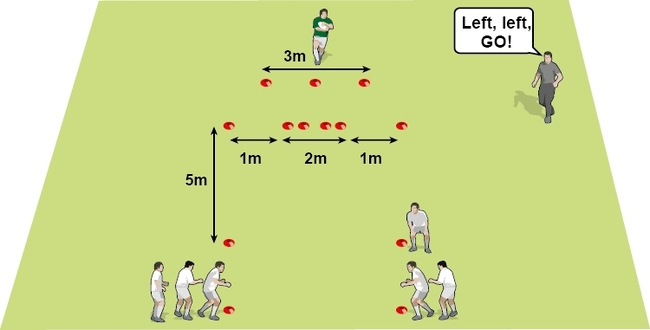Why you can't split tackling and defence
You can’t coach one without the other, or players won’t associate the skills with the game. By CHRIS CHUDLEIGH, founding coach of School of Hard Knocks.
Tackling is a skill. Defence is a composition of skills that incorporates tackling, among other facets, that help to make your try line impregnable.
To teach tackling without reference to how you are going to defend could mean that you practice thousands of head-on tackles in training - but, actually, in a match, very few players will make that sort of tackle.
So if we are looking at how we teach and practise tackling within the realms of working on our defensive co-ordination, we need to ask ourselves what we are trying to achieve from our defensive efforts.
The answer ’to stop the other team from scoring’ doesn’t have enough detail and is taken as read anyway.
Consider, instead, ’to press the opposition to the opposite touchline to force them out of space’ or ’to close down their outside options, forcing them back towards our forwards’.
The two styles of defence will employ a different type of tackle - pressing the opposition towards the touchline will use side-on tackles, while closing down the space will use more front-on tackles.
Avoid the early plant
Defenders who sit down into the tackle too early can easily be sidestepped. They need to keep moving and balanced
Derail the train
Have the tackler come from the side, especially against a larger player. It is easier to derail the train than to stop it head on. Avoid attackers running straight at defenders in training. Make the defender move
Thank you for reading
to enjoy 3 free articles,
our weekly newsletter, and a free coaching e-book
Or if you are already a subscriber, login for full access
Newsletter Sign Up
Coaches Testimonials

Gerald Kearney, Downtown Las Vegas Soccer Club

Paul Butler, Florida, USA

Rick Shields, Springboro, USA

Tony Green, Pierrefonds Titans, Quebec, Canada
Subscribe Today
Be a more effective, more successful rugby coach
In a recent survey 89% of subscribers said Rugby Coach Weekly makes them more confident, 91% said Rugby Coach Weekly makes them a more effective coach and 93% said Rugby Coach Weekly makes them more inspired.
Get Weekly Inspiration
All the latest techniques and approaches
Rugby Coach Weekly offers proven and easy to use rugby drills, coaching sessions, practice plans, small-sided games, warm-ups, training tips and advice.
We've been at the cutting edge of rugby coaching since we launched in 2005, creating resources for the grassroots youth coach, following best practice from around the world and insights from the professional game.




